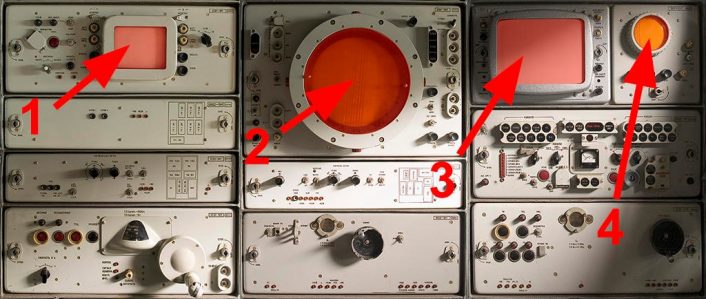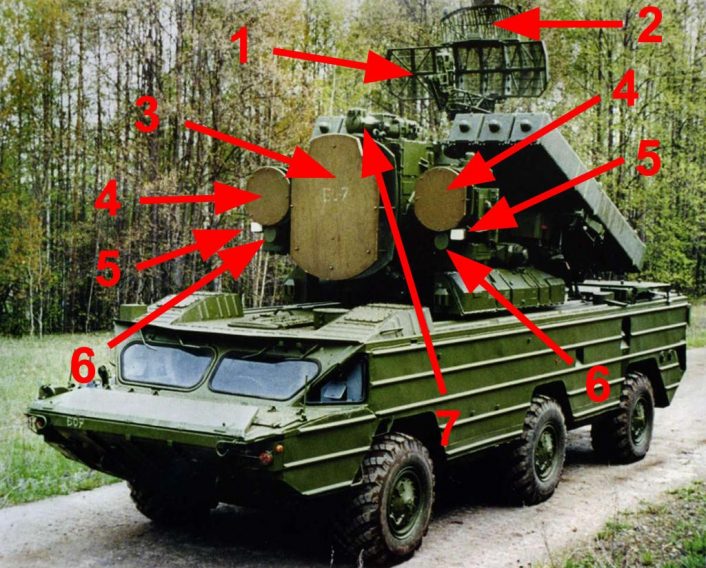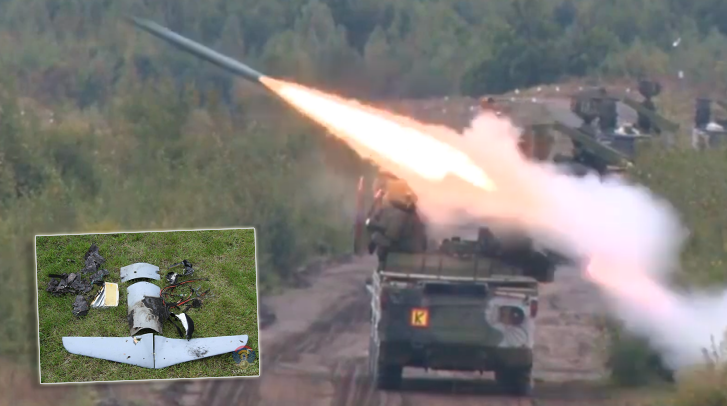A unique video filmed from inside the Fire Control Station of an SA-8 “Gecko” during the engagement of a drone emerged few days ago.
An interesting video of the shooting down of drone was released on Twitter by the Armenia’s Ministry of Defense recently. It was filmed inside the Target and Fire Control Station of the OSA-AK (NATO Name SA-8 Gecko) system and the reader can clearly hear the sound of the missile at the time of launch as confirmed by the TV scope where you can see the white trail of the missile booster, as well as the subsequent impact and explosion.
Armenian OSA-AK shooting down an Azerbaijani Israeli-made Orbiter-3 on April 21. Video just released. pic.twitter.com/oUXKgP1mcY
— 301🇦🇲🇷🇺🇪🇬🇨🇾🇬🇷🇱🇾 (@301_AD) June 1, 2020
Although the Russian “Gecko” system is one of the most common tactical point defense systems in Eastern Europe and in those countries belonging to the Russian’s “commercial partners”, the video of this engagement represents an extraordinary rarity as it reveals some of internal systems of the Gecko at work during a combat mission.
Some unofficial information reports that the drone targeted by the SA-8 was shot down over Artsakh on April 21, 2020 and the remains of the drone were reported the next day, on April 22.
Photos from April 22 of the Orbiter-3 being shot down in the video. pic.twitter.com/D59nJyyU5T
— 301🇦🇲🇷🇺🇪🇬🇨🇾🇬🇷🇱🇾 (@301_AD) June 1, 2020
The downed drone, an “Orbiter 3”, is a Small Tactical UAS (STUAS) belonging to the Orbiter family. Its wingspan is about 4.4 m for 30 kg of MTOW (Maximum Take Off Weight). The Orbiter3 is a multi-capable and multi-role UAS designed to conduct intelligence, surveillance, target acquisition, and reconnaissance (ISTAR) and terrain mapping. Thanks to the multi sensor option like EO sensors , FLIR (Forward Looking Infra Red) day and night, and the Laser Target Designator (LTD) it is also capable to designate and illuminate a TGT (target) on the ground.

The “Geko” is it is an extremely lethal system when entering its MEZ (missile engagment zone) and for this reason it should always be avoided.
However, as you can see from the image, it is a mobile system, therefore its strength lies in the ability to continuously change the position so that it is not predictable. I remember very well that in all the exercises I took part as a fighter pilot, it was one of the most feared systems for this reason.
In the simhq.com forum we found interesting information and re-representations of the internal console of the Geko and their meaning. Thanks to these details it is very simple to understand how the different operators acted and merged all the scope information before the drone lock-on. As reported in the forum, the standard operators configuration includes three military: the RO (Range Operator), the AO (Azimuth Operator) and the EO (Elevation Operator).


Both of them have to synchronize and exchange information to get to the firing solution as you can see in the video at the end of engagement. Thanks to the on-board radars, the Gecko is a completely autonomous system capable of providing a radar guidance of the missile but also an optical guide as likely happened in the shooting down of the drone.










